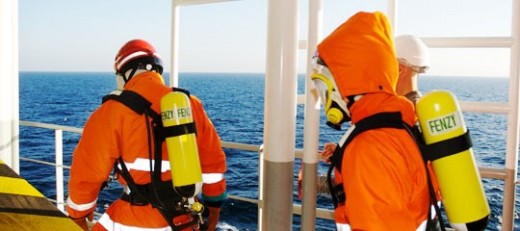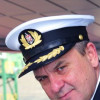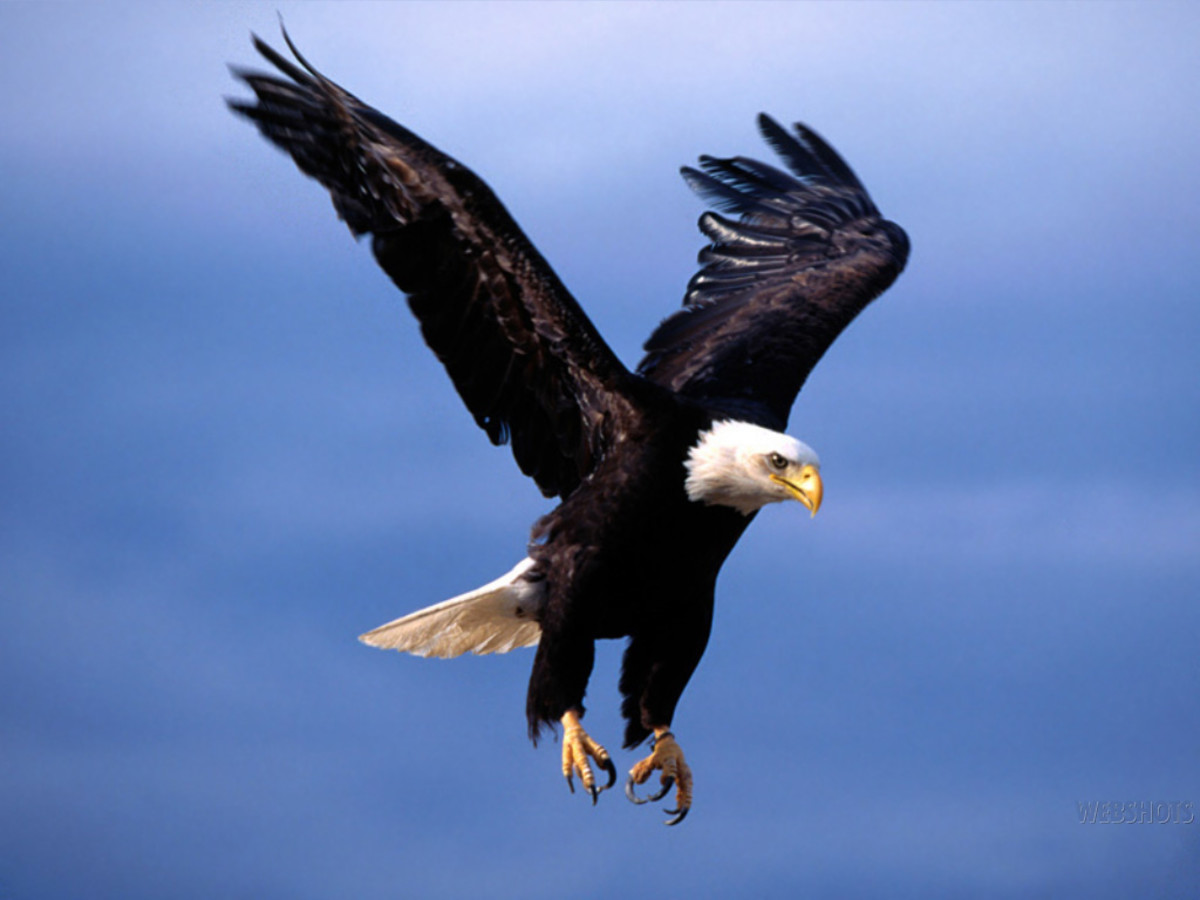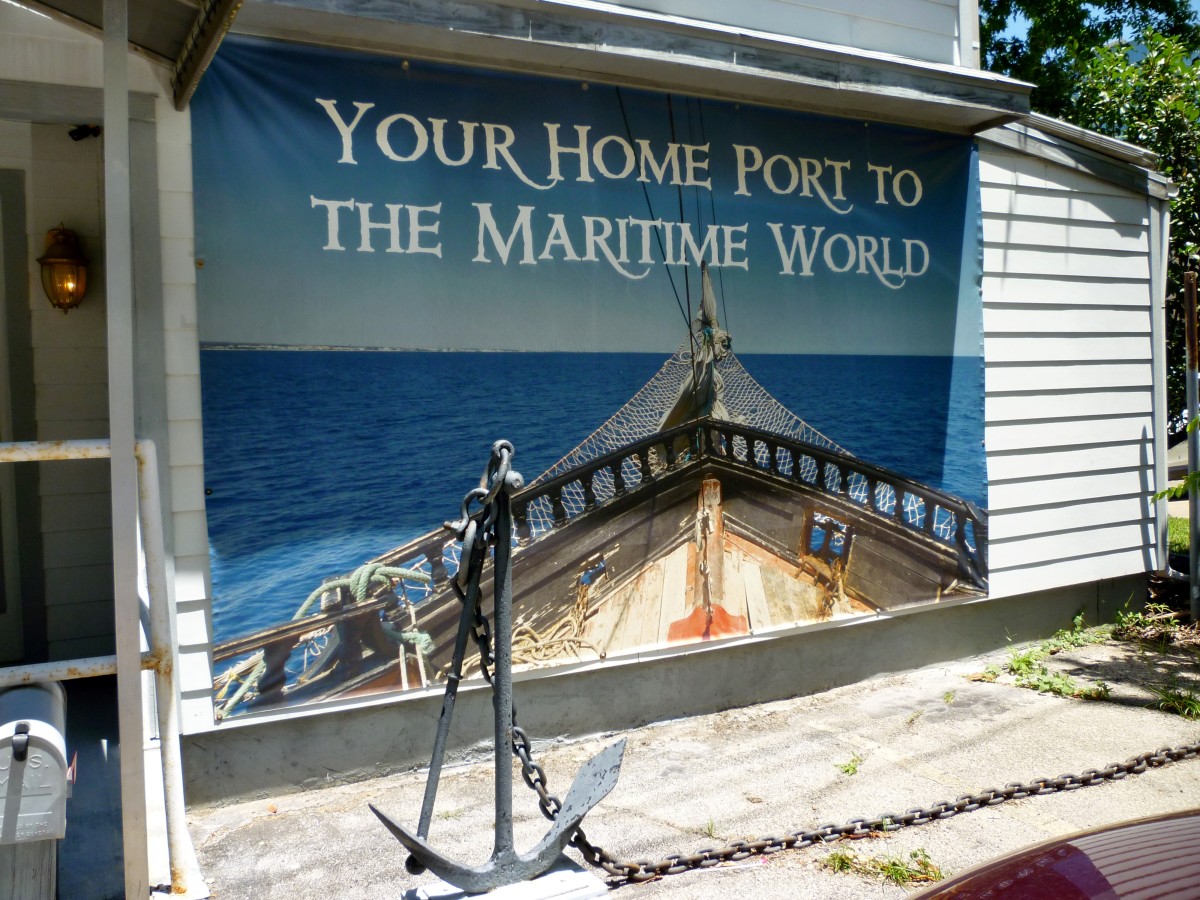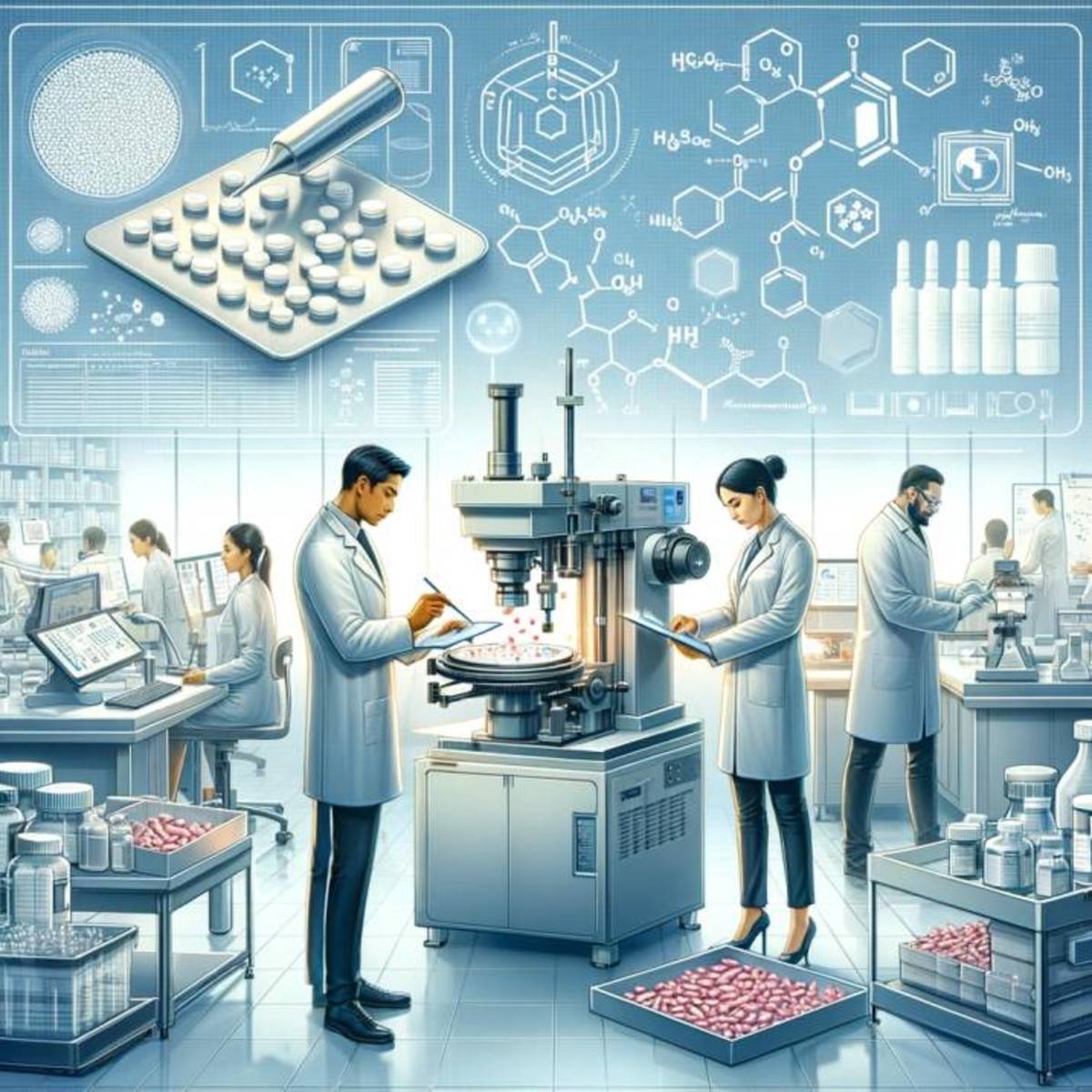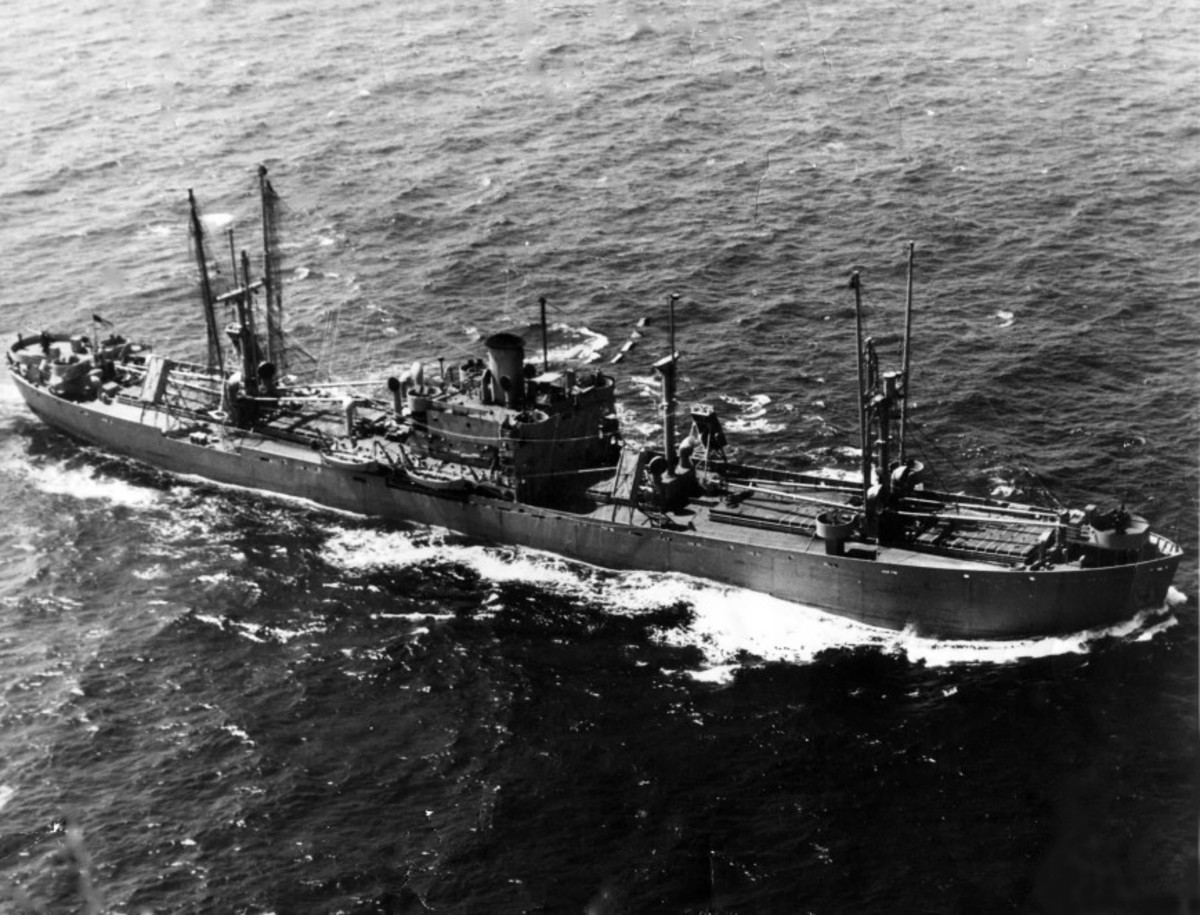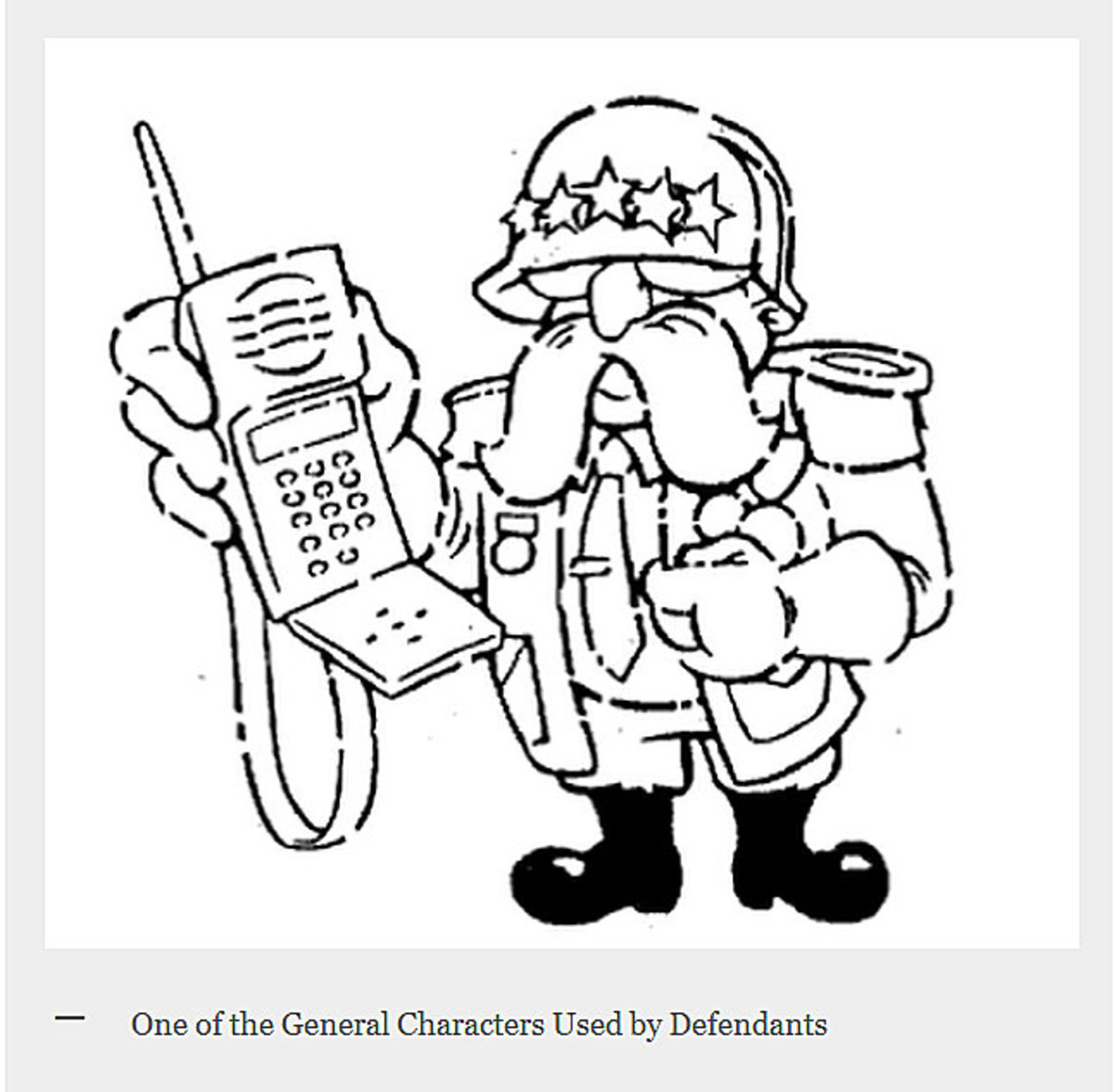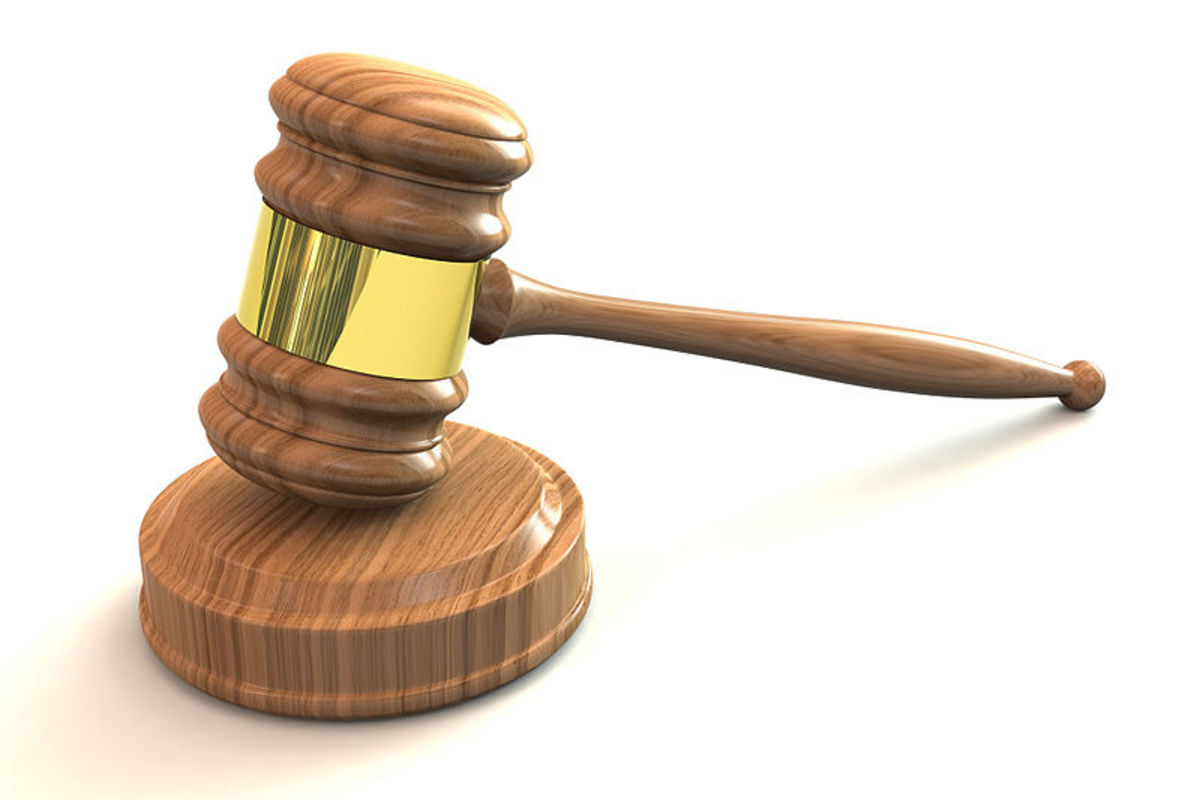Maritime Safety: Actors and Challenges
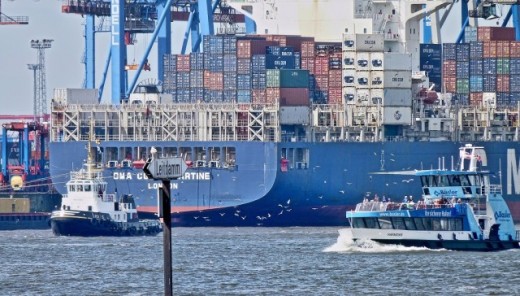
The concept of "Safety" means:
- A material state resulting from the real absence of danger.
- The organization of elements likely to create or perpetuate such as situation.
Maritime safety has three (03) inseparable notions :
- The safety of the ship.
- The safety of people on board.
- The port safety or the safety of the environment.
The concept of security differs from safety even if it is treated in the same instances. Safety always takes precedence over security in all circumstances. These two (02) notions have the same objective, which is:
- To ensure the protection of human life, ships, cargo, and the marine and port environment.
It is important to note that 80% of maritime accidents are due to human errors, more than 30% of merchant ships are declared under standard, and 50% of shipments are considered dangerous according to the European Maritime Safety Agency (EMSA). It is also wise to recall that these risks stem from the concordance of several factors:
- Human factors: related to skills, multicultural crews, and working conditions.
- Economic factors: related to the flag, the products transported, the choice of crews and ships.
- Technical factors: maintenance of the vessel, age of the vessel, use of the vessel, and the checks carried out.
- External factors: climatology, storm, swell, wind, sea state, and visibility.
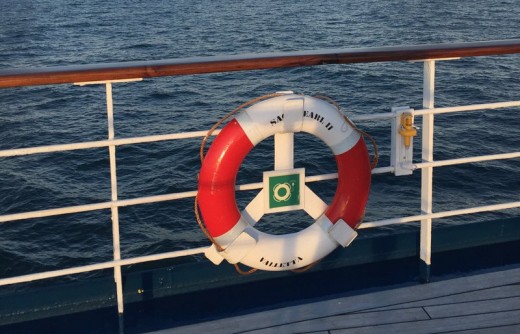
The four (04) pillars of maritime safety are:
- SOLAS Convention and ISM Code.
- MARPOL Convention and IMDG Code.
- STCW Convention.
- MLC convention.
According to the European Maritime Safety Agency (EMSA), there are seven (07) offshore events to consider based also on the annual statistics published by Lloyd's Register Fairplay in 2016. These sea events are:
- Boarding between ships.
- Contact with the bottom.
- Involuntary failure.
- Explosion / fire.
- Loss of life or cargo.
- Shipwrecks.
- Vessel disappearances.
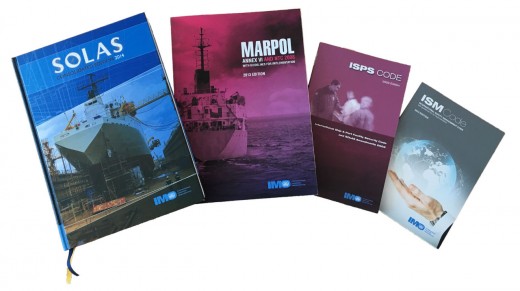
Maritime safety is an essential component and a result, at the same time, of the shipping policy. It can be defined by its objectives: safeguarding human life at sea, protecting the marine environment, as well as protecting the ship, and by its challenges evolving with the development of shipping. Nowadays, safety shipping presents multiple challenges:
- Safety issues for people and goods: The risks associated with maritime traffic increase with the constant technological evolution of ships in a rapid manner, which will lead to more and more accidents jeopardizing human life and property.
- Safety Issues for Seafarers: Seafarers today represent the population of workers the most exposed to the risk of accidents.
- Environmental issues: The protection of the environment from pollution from ships and port facilities is a very serious issue for maritime safety.
- Health issues: In the past, shipping was a means of spreading epidemics of plague and other diseases. It remains a source of transfer of microbes and propagules with epidemic potential. Also, following the technological evolution, new risks arise with the appearance of nuclear energy.
- Economic issues: The loss of the vessel and its cargo is costly to shipowners and insurers, especially those involving giant ships or carrying valuable goods. Also, the safety of the port facilities against any damage due to the maneuvers of ships or their circulation is an economic stake to be considered.
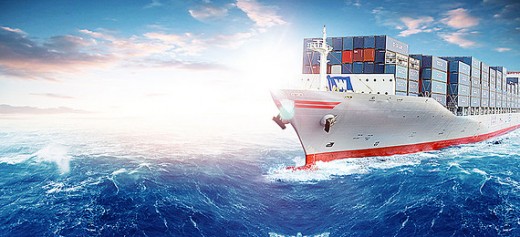
Standards and regulations have been developed to be applicable in marine areas under the responsibility of States and in international zones. Given the worldwide dimension of maritime transport, in order to avoid regulatory contradictions between states, the International Maritime Organization (IMO) has put in place standardized standards in the form of conventions and codes. These include, among others, the Convention for the Safety of Life at Sea (SOLAS), the International Convention for the Prevention of Pollution from Ships (MARPOL), the International Convention on Standards of Training of Seafarers, Certification, and Watchkeeping (STCW) and the UNCLOS Convention on the Law of the Sea. In addition to these instruments, codes have been put in place, such as the IGC Code for the Transport of Liquefied Gases, the Code IMDG for Packaged Dangerous Goods, the IBC Code for Bulk Liquid, and the IMSBC Code for Bulk Solids, without omitting the ISPS Code for the Security of Ships and Port Facilities, and the ISM Code for Safety Management onboard ships.
Maritime safety actors
The operation of the vessel brings together actors with common interests in maritime safety. A maritime safety actor is defined as "any person, group organization or authority, who is directly or indirectly, influenced or affected by the safety or optimization of the ship and/or shipping costs. From this definition, a broad list of actors can be drawn; in this article, we are interested in the main actors with critical functions in the field of maritime safety. Five (03) main actors are identified through their functions: the operational actors, the assistance actors, and the regulatory actors.
- Operational actors
- Owners
The role of these actors in safety, first, is the selection of crews to arm the vessel according to minimum criteria determined by the flag State and the Seafarers Training Convention (STCW). Second, they determine the company's policy relating to both, the training of human resources in safety matters and the general safety policy of the company through the procedures applicable on the ships. They also try to satisfy the minimum requirements as per the International Safety Management Code (ISM Code).
- Ship Crewmembers
Depending on the training acquired, the experience and skills, the behavior of seafarers on board and during the performance of duties regarding safety differs. This behavior results in actions that will be divided into two (02) sections: Safe acts and Unsafe acts. According to the proportion of occurrence of his actions, we will have a global vision of the reaction of the individual in emergency situations. The level of enforcement of the shipowner's safety procedures is also an important indicator of the involvement of crew members in the implementation of the safety mesures.
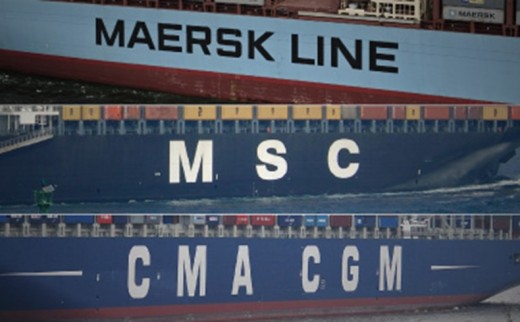
2. Assisstance actors
- Ports
Ports play a double role in the safety of shipping. On the one hand, they play role in maritime accidents prevention by providing maritime traffic management and offering assistance services, such as pilotage and towing. Ports are also involved in safety by providing the necessary information to ships, forecasts of weather conditions, determining dangerous navigation areas, anchorage shelters and securing commercial loading and unloading operations at port facilities. On another axis, the port is the first cell in crisis management in case of an emergency for the ship. It also offers guidance and advice, as well as the necessary means through a sea/land/sea interface.
- Shipyard
Shipyard is at the base of the implementation of safety rules elaborated by IMO through its conventions. The technical rules of classification are important. The shipyard offers engineering expertise and a broad platform for metrological testing to offer the best construction techniques and designs. In addition, shipyard collaborate with research laboratories in this area for a continuous progression of construction processes.
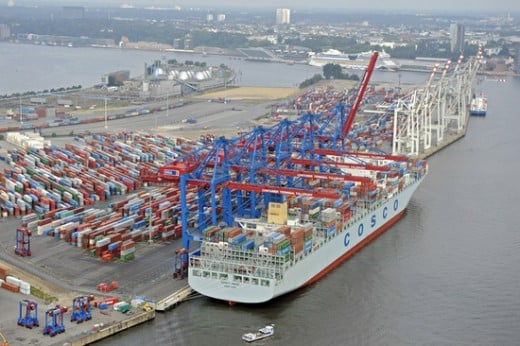
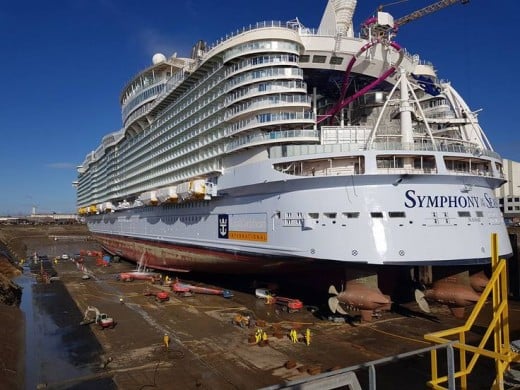
3. Regulatory actors
- International Maritime Organization
IMO is the most important regulatory actor in the maritime safety chain. It is a specialized agency of the United Nations responsible for developing standards for the safety, security, and environmental performance of shipping. It summarizes its priorities in its slogan: "safer shipping and cleaner oceans".
The IMO Member States currently account for 171, representing 97% of world tonnage, plus three associate members (Hong Kong-China, Macao -China, and the Faroe Islands-Denmark). These members have the right to vote. In addition, non-governmental organizations (NGOs) with consultative status are often used by the IMO, particularly for the elaboration of technical rules, such as classification societies, standard-setting bodies, and other bodies that have concluded cooperation agreements with the IMO.
Through conventions and other instruments, the IMO has an extensive regulatory framework and normative role, but it cannot oblige States to incorporate these texts into their legislative and regulatory corpus.
IMO develops technical rules and facilitation measures and adopts resolutions, guidelines and recommendations, codes and codes of practice.
- Classification Societies
Classification societies are recognized private organizations that establish and enforce technical standards for shipyard projects, construction, and inspection of ships before and after repairs, and throughout the vessel's operating life. In the 18th century, information concerning the reliability of ships was a concern to shipowners' customers and insurers for the calculation of premiums, the choice of vessels, and to inquire about the risks related to the quality of the chosen vessels. In the Coffee House of Edward Lloyd in London, the concept birth of ship captains and other experts who assessed the quality of ships before their departure, assigning a coast to the ship at a given time and for a fixed term. These shorelines required periodic and regular evaluation to verify that the vessel maintains the characteristics stated. This gave birth to the first classification society in England in 1760, named Lloyd's Register, and subsequently, other classification societies appeared later.

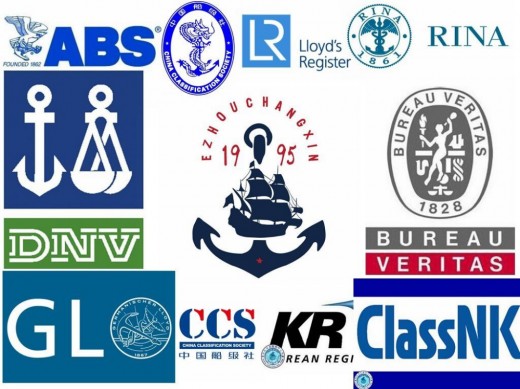
- Flag States
According to Article 2 of the 1958 Geneva Convention on the High Seas, there must be a "substantial connection" between the flag State and the ships registered therein, through its national legislation. It oversees the application of safety standards on ships flying its flag. This notion has been taken up by Article 91-1 of the Montego Bay Convention on the Law of the Sea (UNCLOS), signed in 1982. But it remains very vague, and moreover, a Convention on the Conditions of Registration of Ships was adopted on 7 February 1986. It did try to clarify the link between the State and the ship, but it did not come into force because of the insufficient number of ratifications. For this purpose, each State freely sets its conditions of registration, which leaves an open window to "flags of convenience", widely used by large commercial fleets to micro-states (Panama, the Bahamas, Liberia, Cyprus, and Malta); In fact, they take advantage of reduced costs for sub-standard equipment and crews. The state loses its full role as a positive regulator in the chain of maritime safety.
However, after each accident or maritime accident, the flag State is asked for an official investigation into the conditions of the event. The State must indeed ensure the application and respect of international conventions that it has ratified.
The States are also responsible for monitoring the seaworthiness of vessels registered under their flag. Annual inspection and visits, navigation permits, and other certificates are required by international regulations and are the duties of flag States.
- Port States
Foreign merchant vessels are subject to the jurisdiction of a State when they enter its internal waters, including its ports. The port State has the power to control ships calling at its ports to verify that they apply international conventions as ratified by the Contracting Government in order to protect human life and the marine environment. These rights upon ships in its ports of call appeared first in the London Convention of 12 May 1954, known as "Oil Poil", but the main purpose of this duty was to prevent oil pollution at sea.
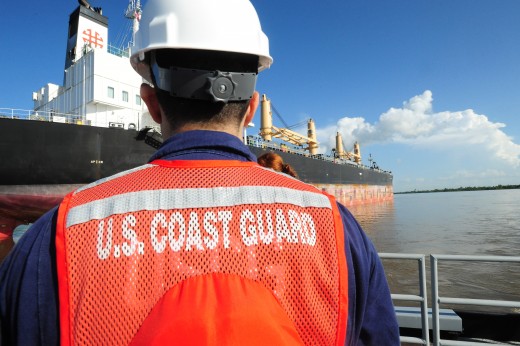
Maritime Insurers
They are the first to have an interest in the safety of ships. Merit is theirs in the creation of classification societies. Marine insurers represent an external actor who undertakes a formal evaluation when they are solicited or informal through the assessments made after intervention and the statistics on trade exchanges and maritime accidents. However, they are the first to be affected by the presence of safety failures, whether in the practical part at sea or on the organizational side of the company. As a result, they keep a close eye on the enhancement of maritime safety, without failing to provide valuable support.
